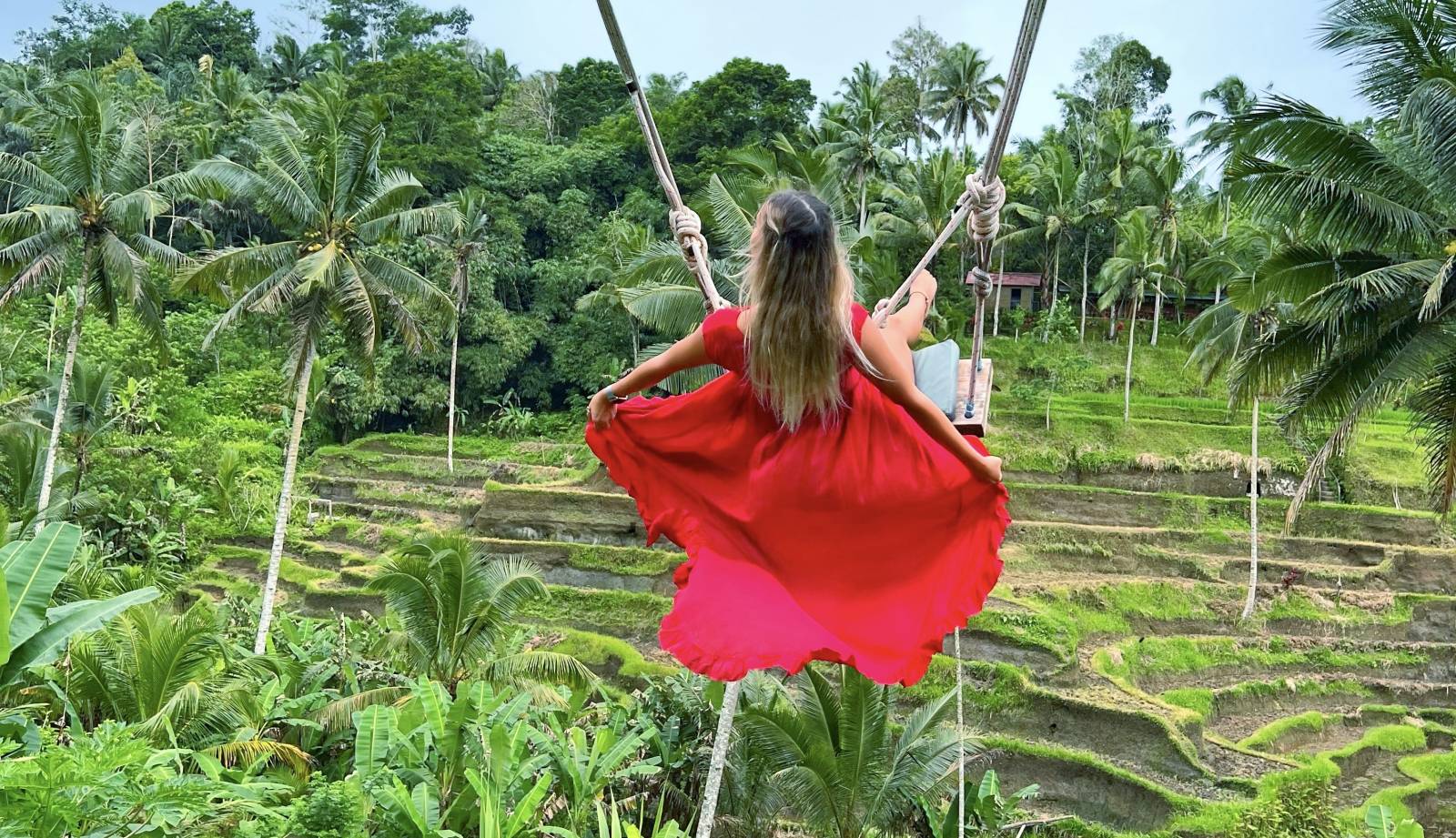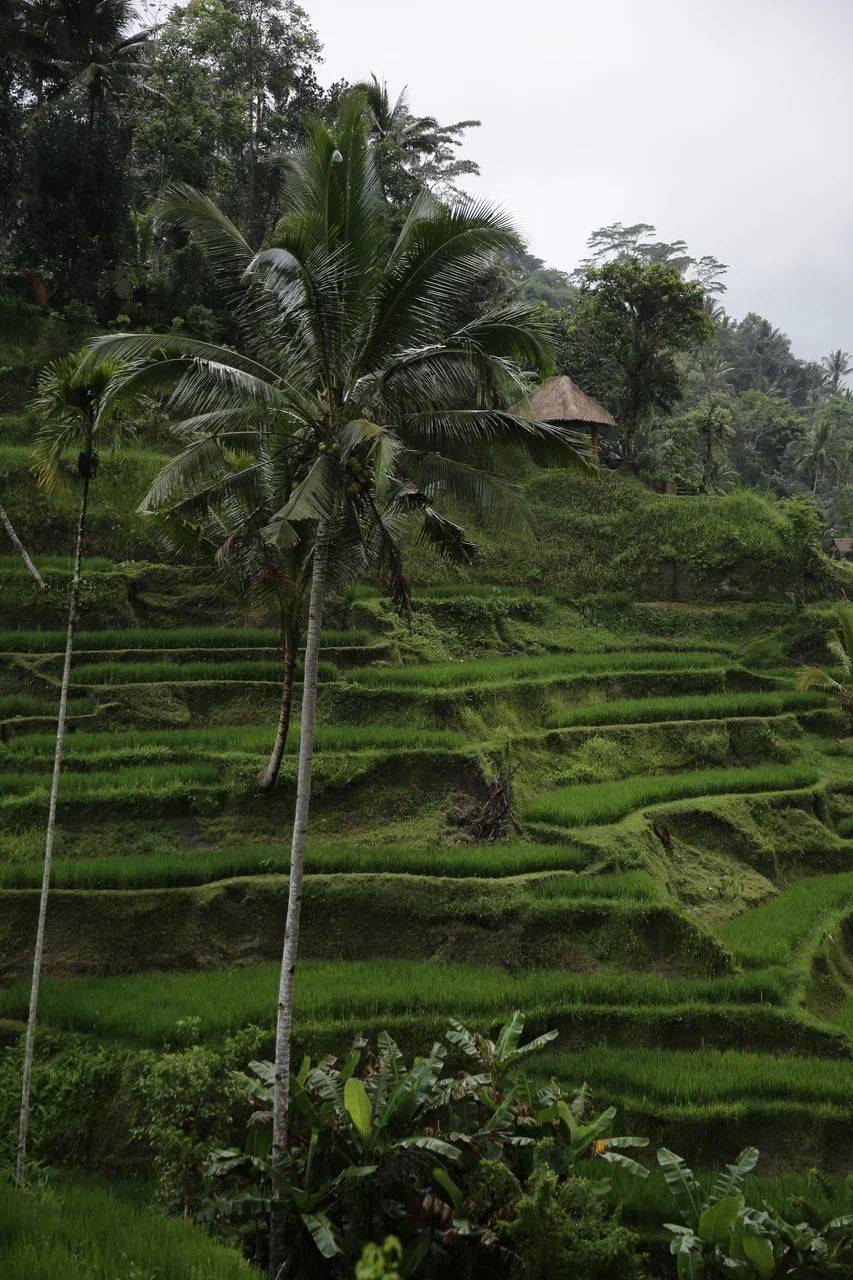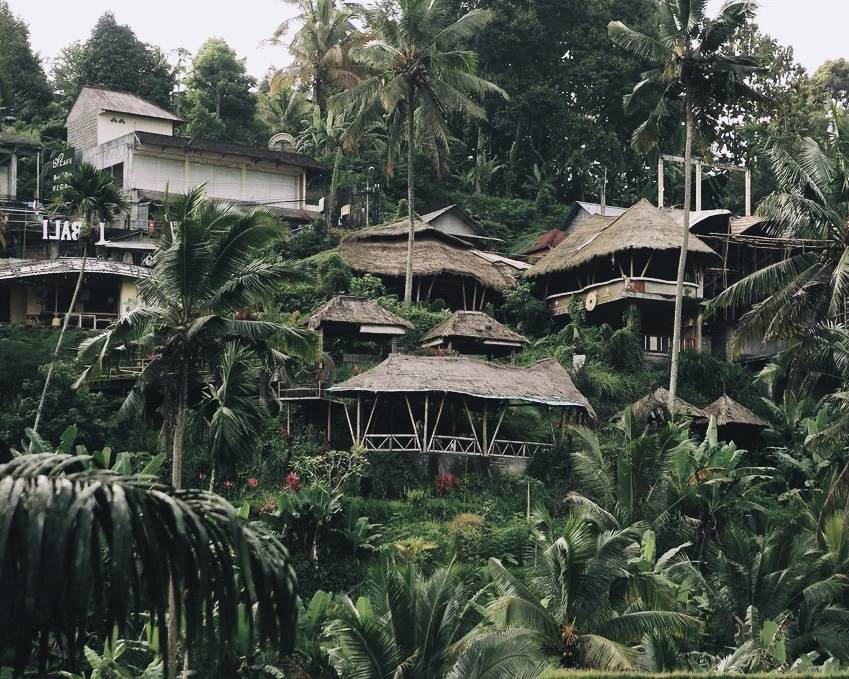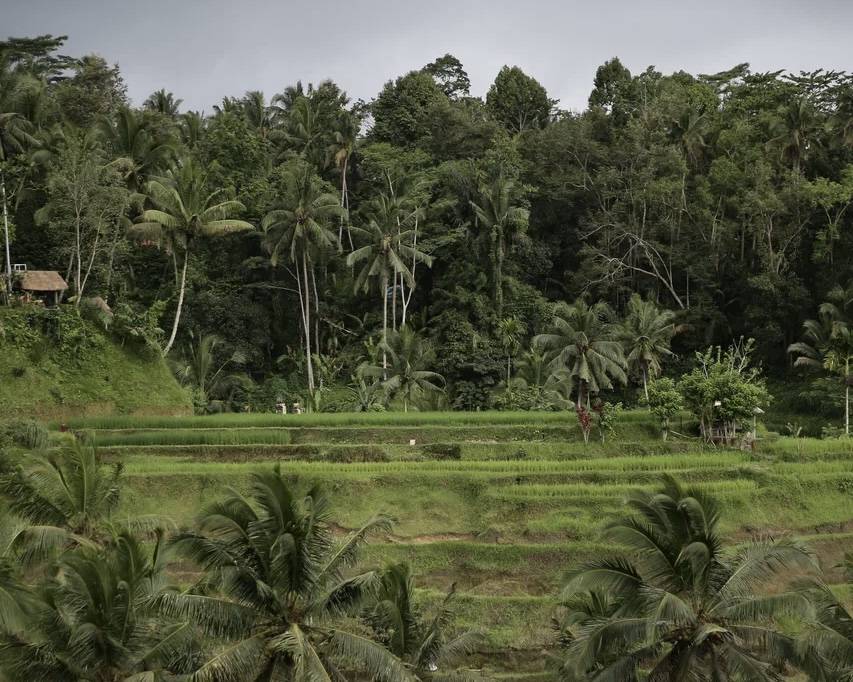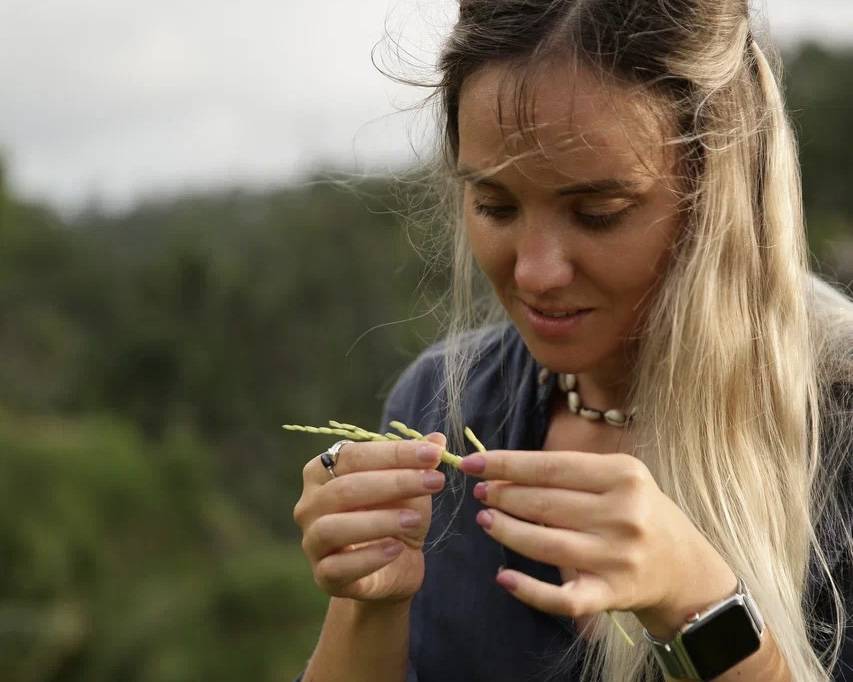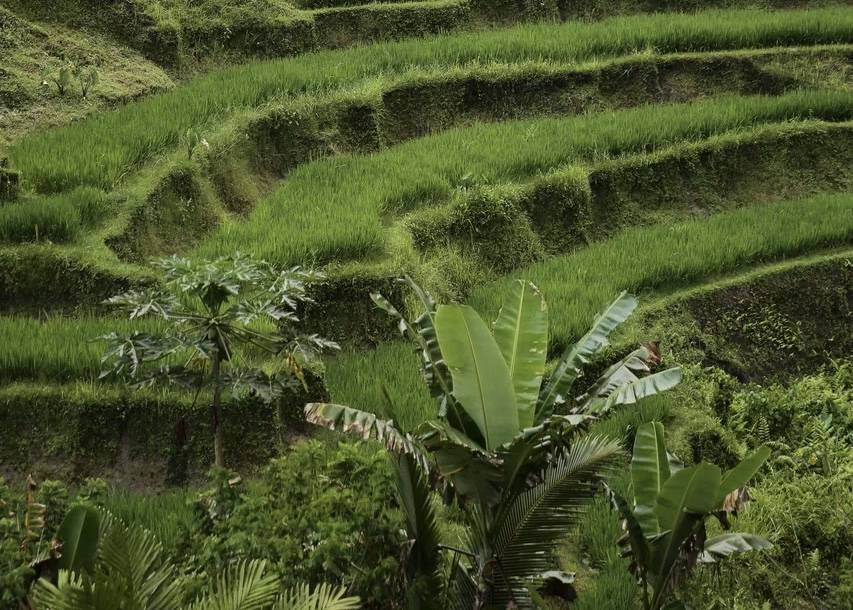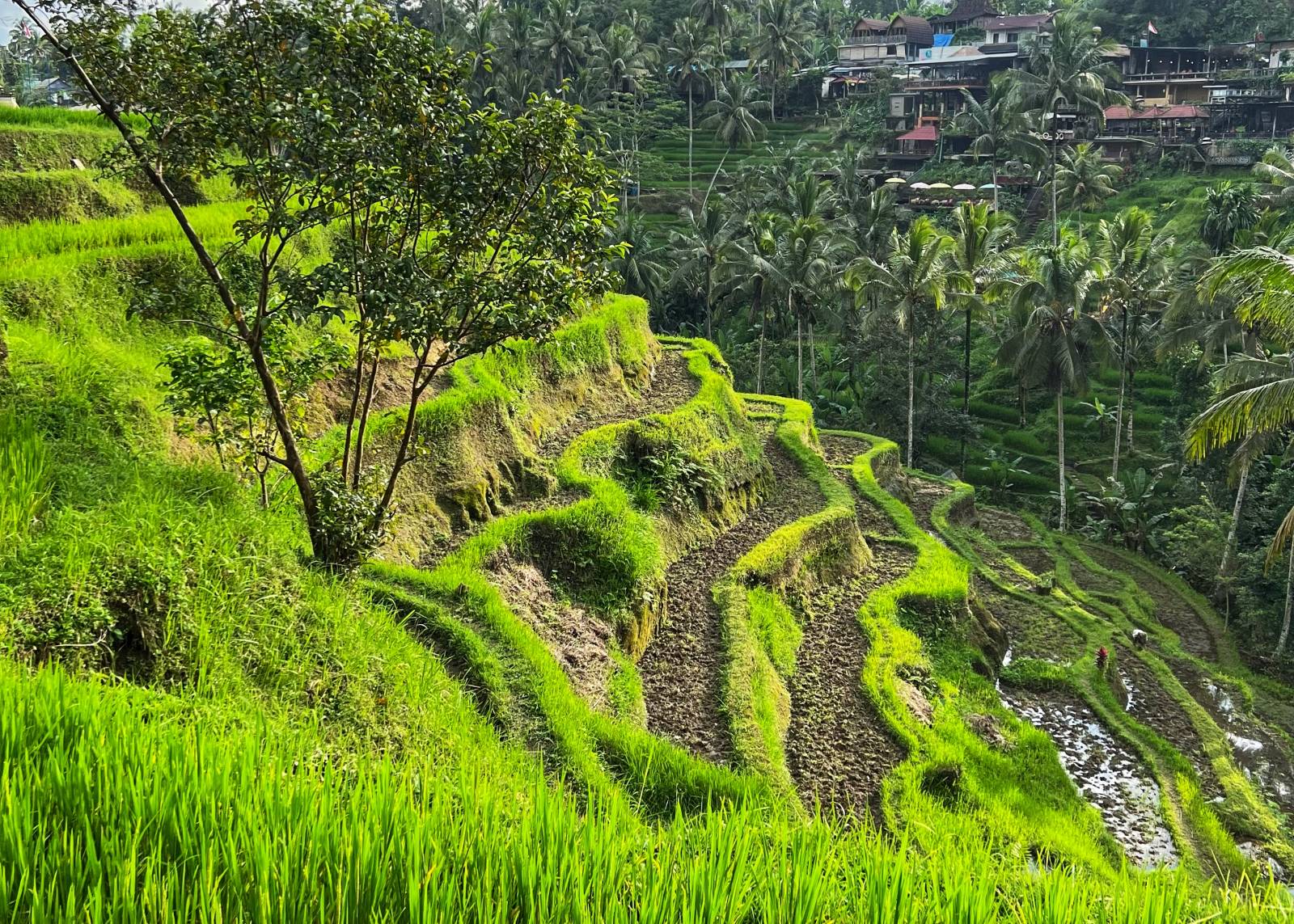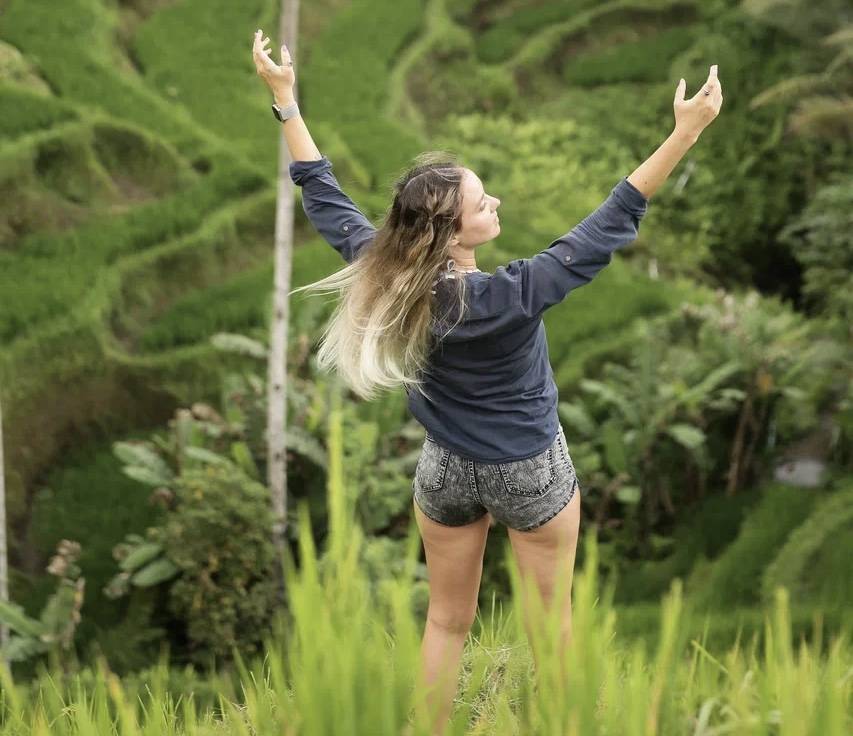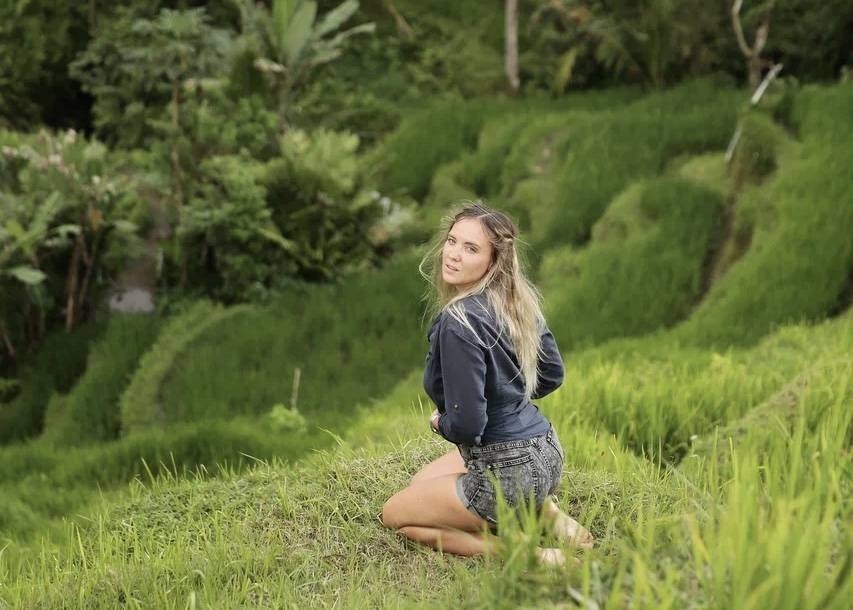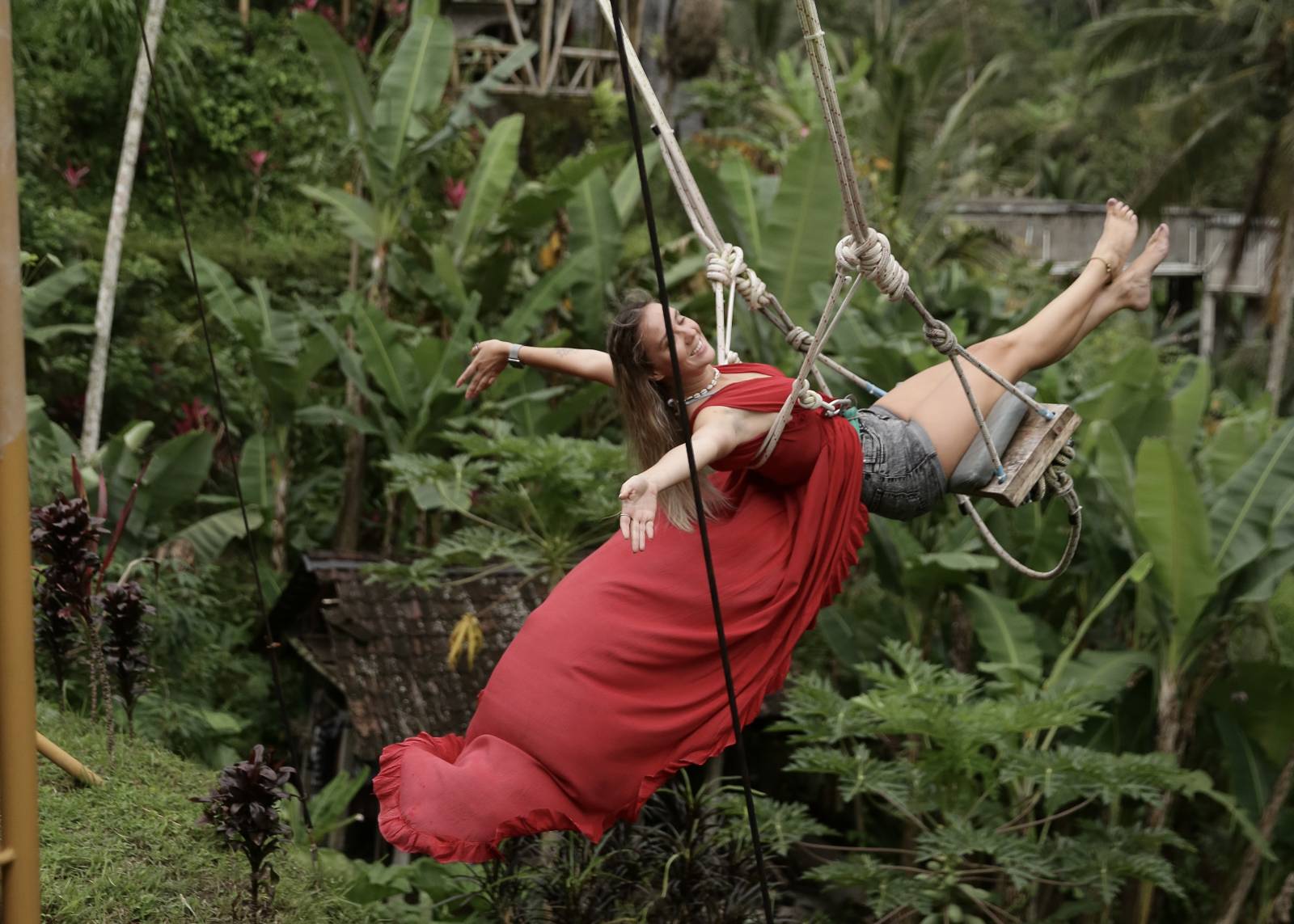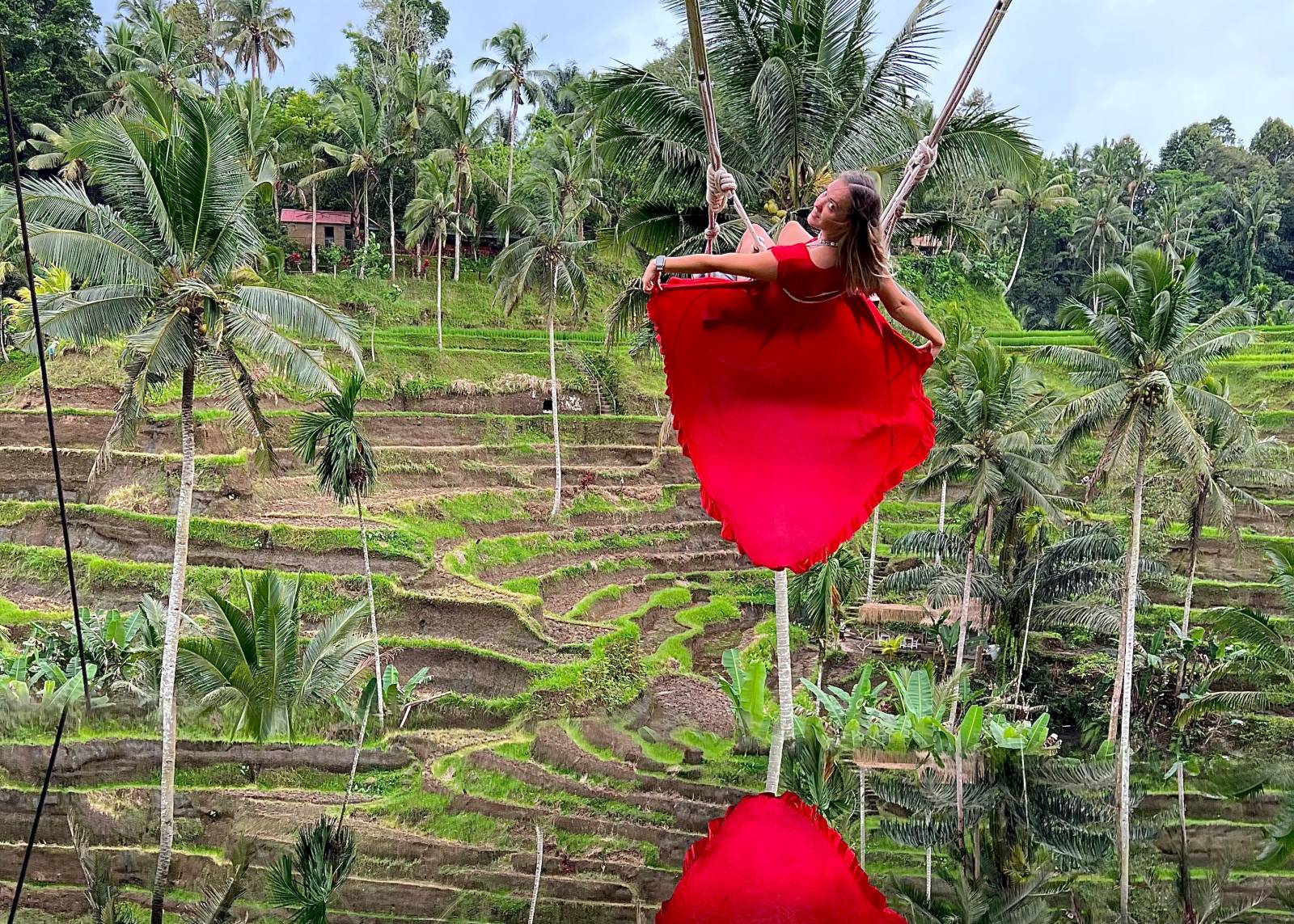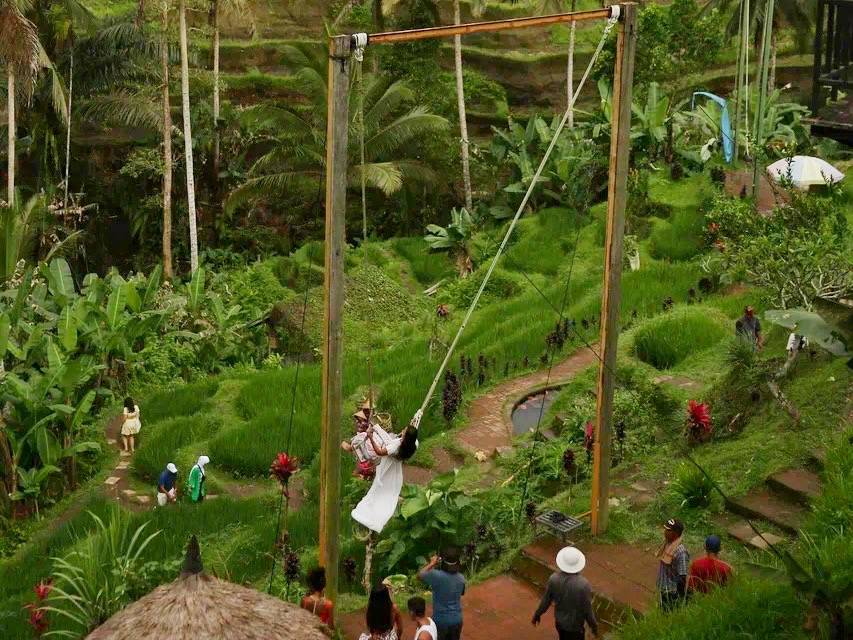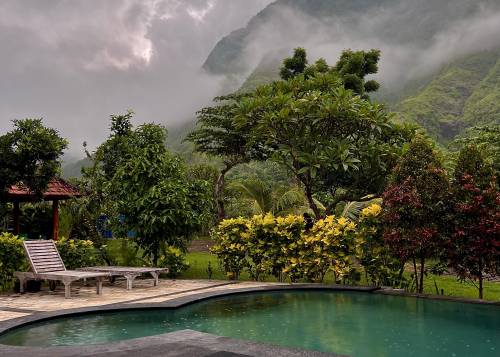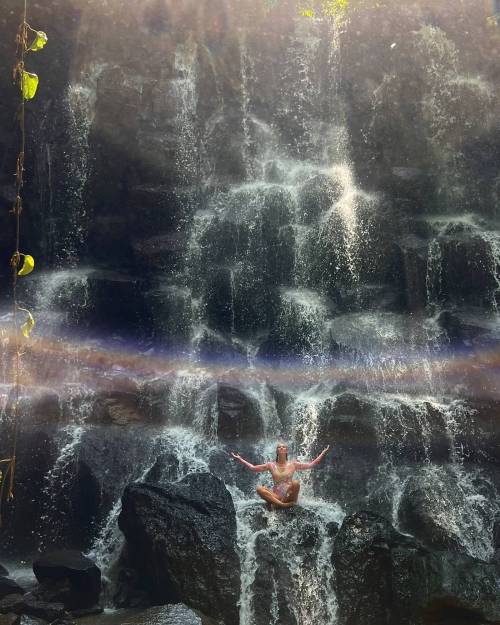What is your first association with Bali? Most likely, it will be surf spots, kind Balinese with offerings for spirits and temples made of black volcanic rock. Many will name the famous Kelingking Beach, which is actually located on the island of Nusa Penida. But someone will also remember the rice fields that cover the island like an emerald blanket, and they will be right, because the culture of growing rice in Bali is elevated to the absolute.
How did terraces appear?
People think that the first rice terraces were created over 1500 years ago. This culture is an integral part of the diet of any Bali resident. The average Indonesian eats about 125 kg of rice a year!
At the same time, the population of the island is about 4 million people, and over time it turned out that the areas for sowing are not so large. Especially in mountainous areas, where there is much less fertile land. Then the islanders came up with a tricky way: they hollowed out steps on the hills, strengthened their edges and filled them with water. This is how the terraces were formed, which turned out to be not only very functional, but also stunningly picturesque.
The irrigation system of such terraces is very complex. It is a whole interconnected network of canals, tunnels, dams and artificial waterfalls. Water is distributed from one source (river or lake) to all levels of the terrace. Such an irrigation system is called Subak and is today acknowledged as an object World Heritage UNESCO, and Bali is undoubtedly very proud of it.
What is subak?
What's important, subak – it is not only a way to fill the fields with water, but also the principle of life within the communities of the same name. In many agricultural areas of Bali, residents form such communities and organize a joint venture to grow rice. Everyone performs his own function: someone provides areas for sowing, some people have an irrigation system on their plot, someone works in the field. Every month, each member of the community contributes a fixed amount to maintain and repair the system. And to manage the subak, they choose an elder who makes sure that everything is working well, and everyone is happy and contributes equally to the system.
Growing rice
The process is divided into several stages. Firstly farmers sow seeds in special gardens. Each grain is planted separately and then wait for ripening for about 1-2 months.
At the same time the terraces are plowed with the help of buffaloes, and then completely flooded with water. At first water fills the upper floors, and then the moisture descends to the lower floors through the irrigation system. Then ripe sprouts are dug up and planted in bunches directly into the water.
Just seeded terraces look like scattered mirrors reflecting the sky, but after about a month they are covered with a fluffy emerald carpet. After some time, the sprouts will begin to form into spikelets and the rice will become yellow.
Farmers then drain the fields and harvest with sickles in special baskets. The harvested rice is transported to special areas to be threshed and left to dry in the sun. And the fields are left to rest and be cleared of insects. To do this local residents bring ducks on motorcycles and let them walk through the terraces.
It is interesting that rice has no seasonality and you can see all the stages of its ripening nearby. Here is another damp earth, flooded with water. And within a hundred meters, in another area, emerald sprouts turn green. And after another hundred meters, workers in cone hats walk with a sickle and harvest.
Tegallalang Rice Terraces
Tegallalang rice terraces near Ubud look fantastic.
They are very much adored by artists and photographers. Local residents organized special places for photoshoots here. One of the most popular tourists attractions is, of course, hanging swings, where girls love to take pictures in flying dresses. By the way, if you do not have a suitable outfit, you can rent it on the spot. We were quoted a price of 100 thousand rupees per person for a photo in a dress on a swing, but we bargained up to 150 thousand for two. Maybe it can be even cheaper =)
Entrance to the territory costs 10 thousand rupees, which is about $0.7.
There are also many cafes and warungs overlooking the terraces, I highly recommend to go and try local rice dishes while admiring the scenery. And then you can visit a coffee plantation in the nearby luwak village and taste the most expensive coffee in the world while cuddling with musangs. But more on that will be in another article😊
